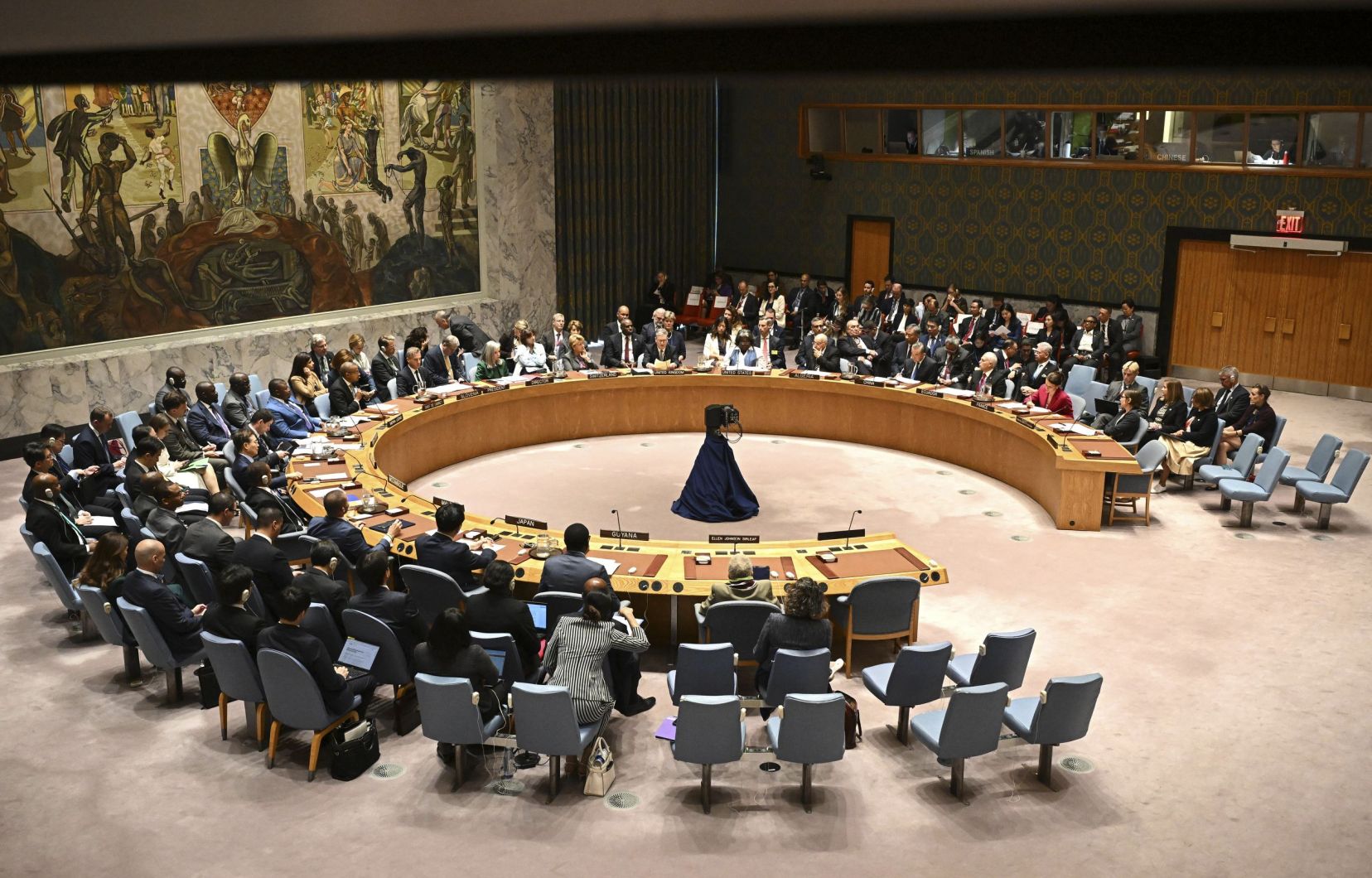Last Sunday, a 42-page document was adopted by consensus by the United Nations General Assembly: the Pact for the future. Even the Secretary General, António Guterres, seemed doubtful about its adoption. He would even have prepared three speeches depending on the possible results: approval, rejection or undecided result.
The suspense was at its height (for multilateral policy nerds) when Russia’s representative, Sergey Vershinin, attempted to derail the process. In an amendment that would have watered down (even further) the final document, Russia wanted to emphasize the “principle of non-interference in the internal affairs of States”. A barely veiled reference to the war with Ukraine.
The Republic of Congo, which spoke on behalf of the bloc of 54 African countries, immediately responded with a motion proposing not to vote on the Russian amendment. It should be noted that this regional group represents the largest group at the UN and tends to vote with one voice. In an organization whose mode of representation is one country one vote, this gives them significant importance. The motion passed with 143 countries in favor and 15 abstentions, leaving only six countries that supported Russia in its attempt to change the pact: Iran, Belarus, North Korea, Nicaragua, Sudan and Syria.
This is a significant setback for Moscow, which has been eyeing (diplomatic and economic) several African countries for years, notably Mali, Burkina Faso, Niger and the Central African Republic. These efforts were in vain, and the bloc of African countries still supported the pact, demonstrating Russia’s growing isolation on the world geopolitical scene.
The pact of the abandoned
THE Pact for the future was also the symbolic figurehead of two countries: Namibia and Germany. These two states come from regions forgotten or set aside by the United Nations Charter signed in 1945. After the Second World War, one was colonized, the other lost the war. It is not surprising that these two groups want to reform an organization whose structure dates from a world where the distribution of power was very different. Add to this the Group of 77, an informal alliance known as the “Global South” (which today has 134 members, including China), the UN no longer has the same face as it did 79 years ago.
THE Pact on the futurewhich follows nine months of intense negotiations and at least two years of preparation, includes potential reforms on the international financial architecture (especially the World Bank and the International Monetary Fund) to resolve the climate crisis, for governance of artificial intelligence (AI), for human rights and to encourage disarmament.
One of the most contentious points of the pact concerns reforms of the UN Security Council, which has five permanent members with veto power (France, United Kingdom, United States, China and Russia) and ten non-permanent members. rotary. It is time, according to the pact, to “repair the historical injustice done to Africa”, which does not have a permanent seat, as well as the under-representation of the Asia-Pacific region and Latin America, which nevertheless represent the majority of the world’s population. This is of course a potential plan rather than concretely applicable measures.
Is this enough?
Civil society actors, including the Coalition for the Reform of the United Nations Charter and the Oxfam International office at the UN, are proposing to go even further: a complete reform of the charter. Adopted by only 51 countries in 1945, at a time when the majority of countries were under European control, the founding document of the world’s largest multilateral institution is increasingly outdated.
The right of veto is the instrument most often mentioned as anachronistic. It is time to establish a new social contract that is more democratic and places greater emphasis on common goods and our duties towards future generations.
To organize a conference to modify the charter, a two-thirds vote of member countries is required, in addition to that of nine members of the Security Council. But to reform the charter requires the approval of the five permanent members holding a veto. And the cat bites its tail.
Ultimately, the adoption of Pact remains wishful thinking: it remains to be seen how and when one or more of the 56 actions it contains will be adopted. If we rely on the history of reforms at the UN, things are far from being cut to the chase.
